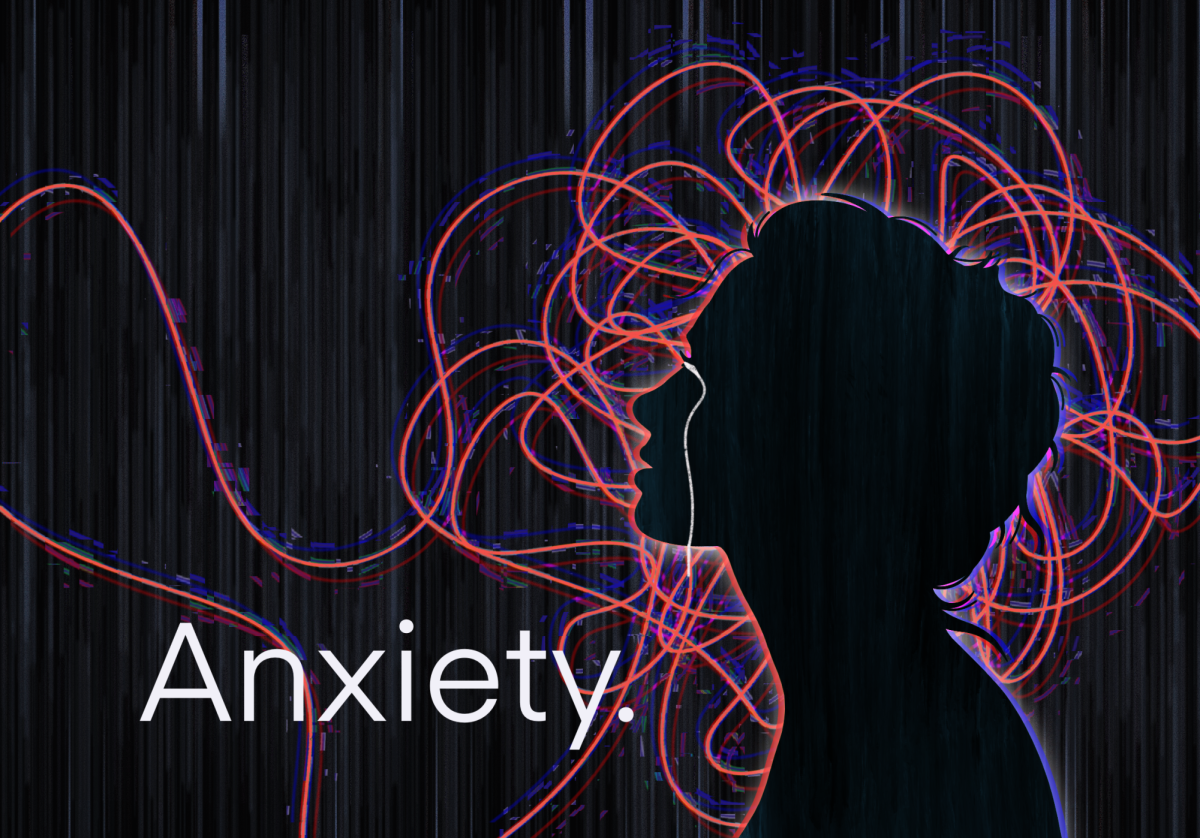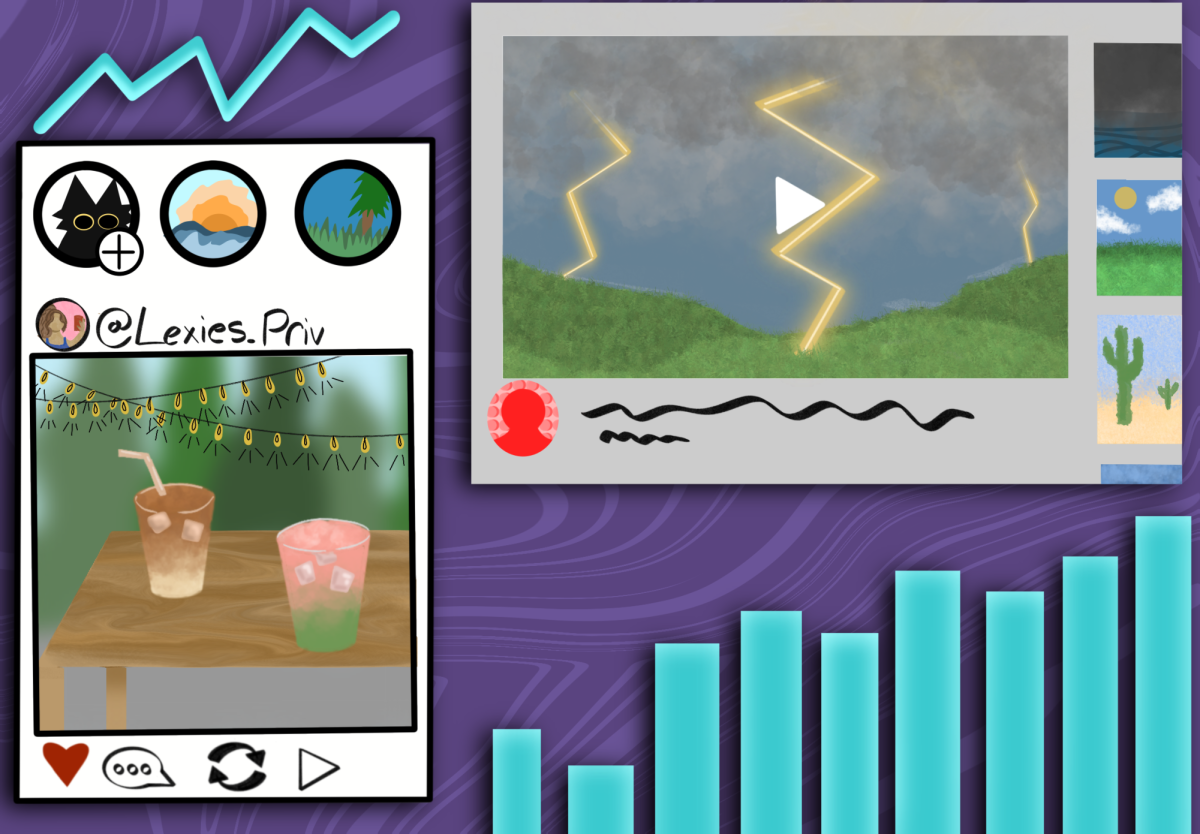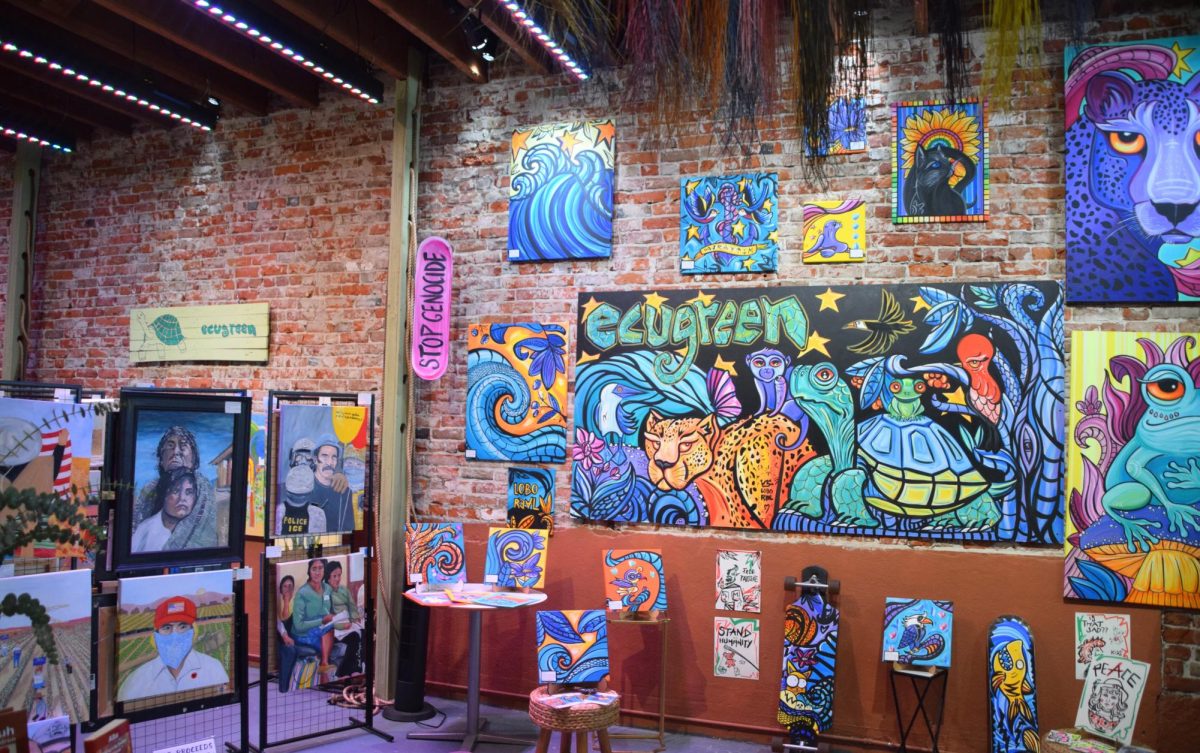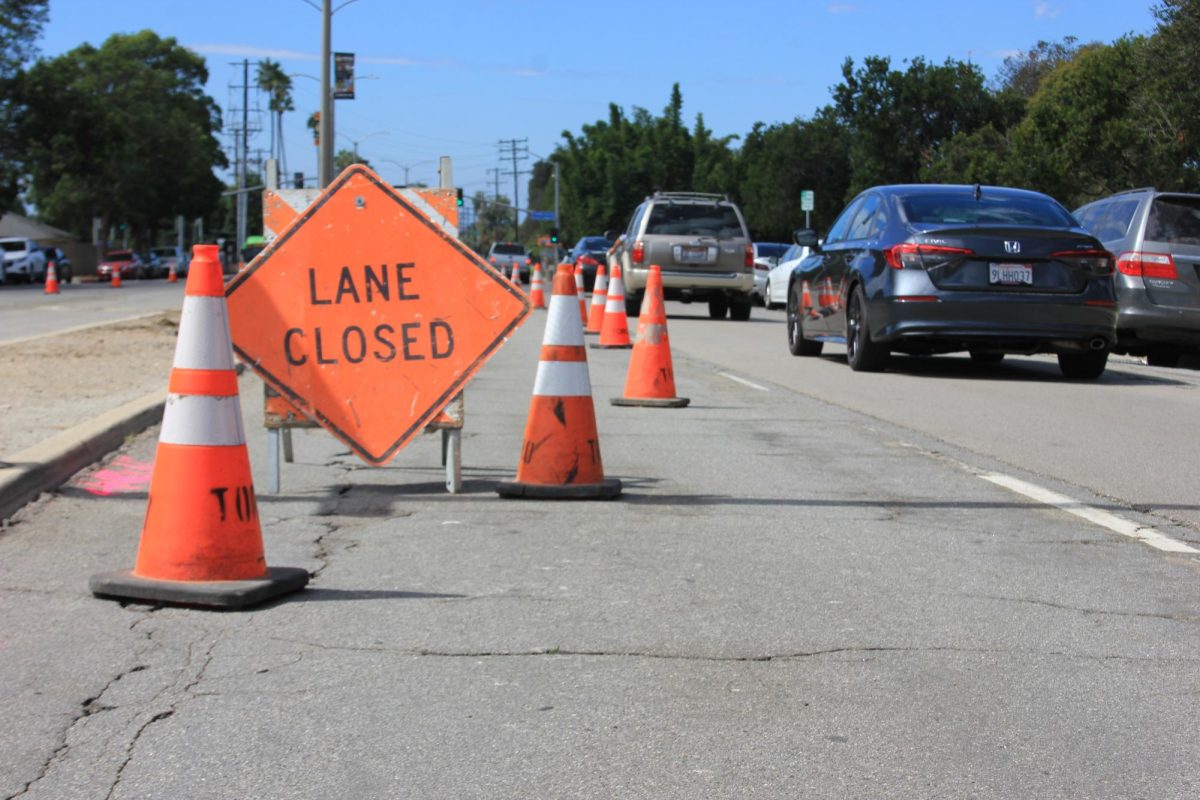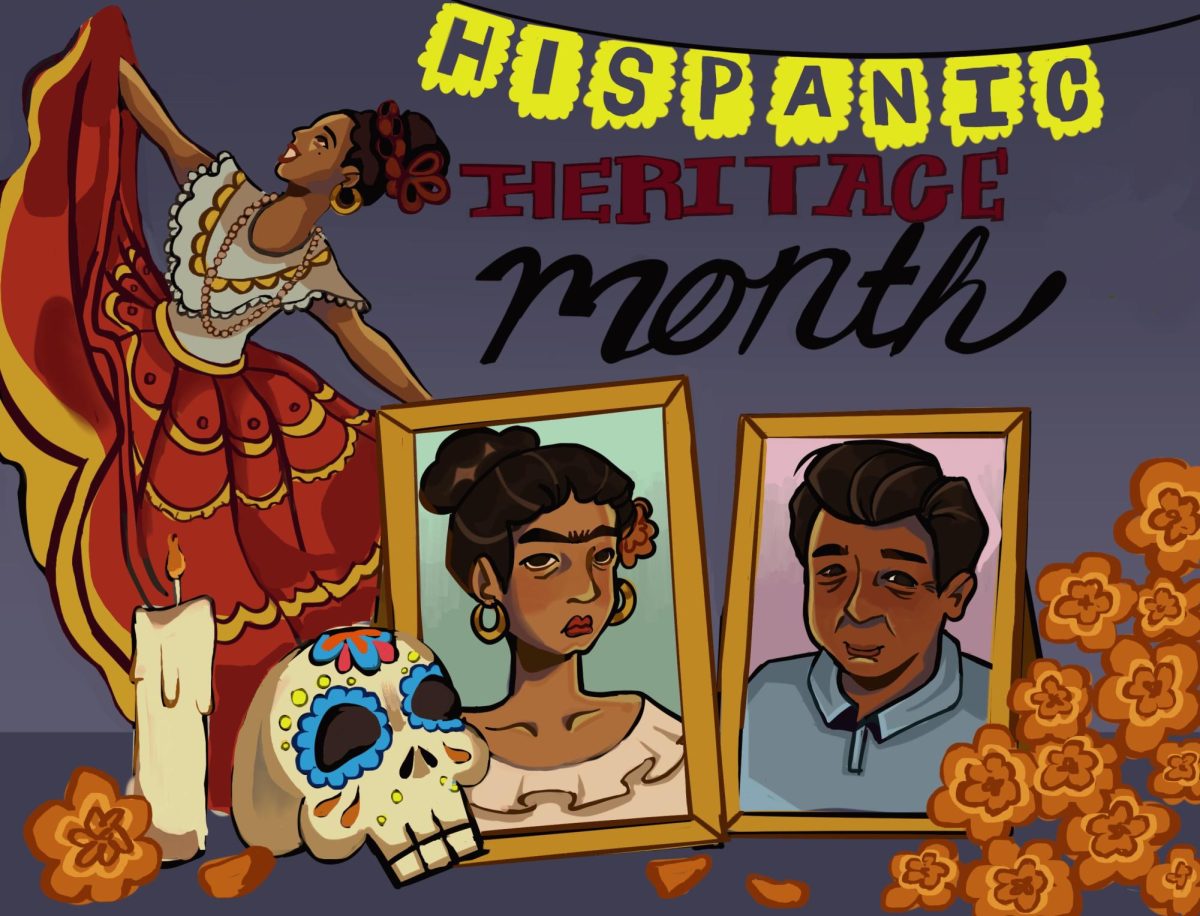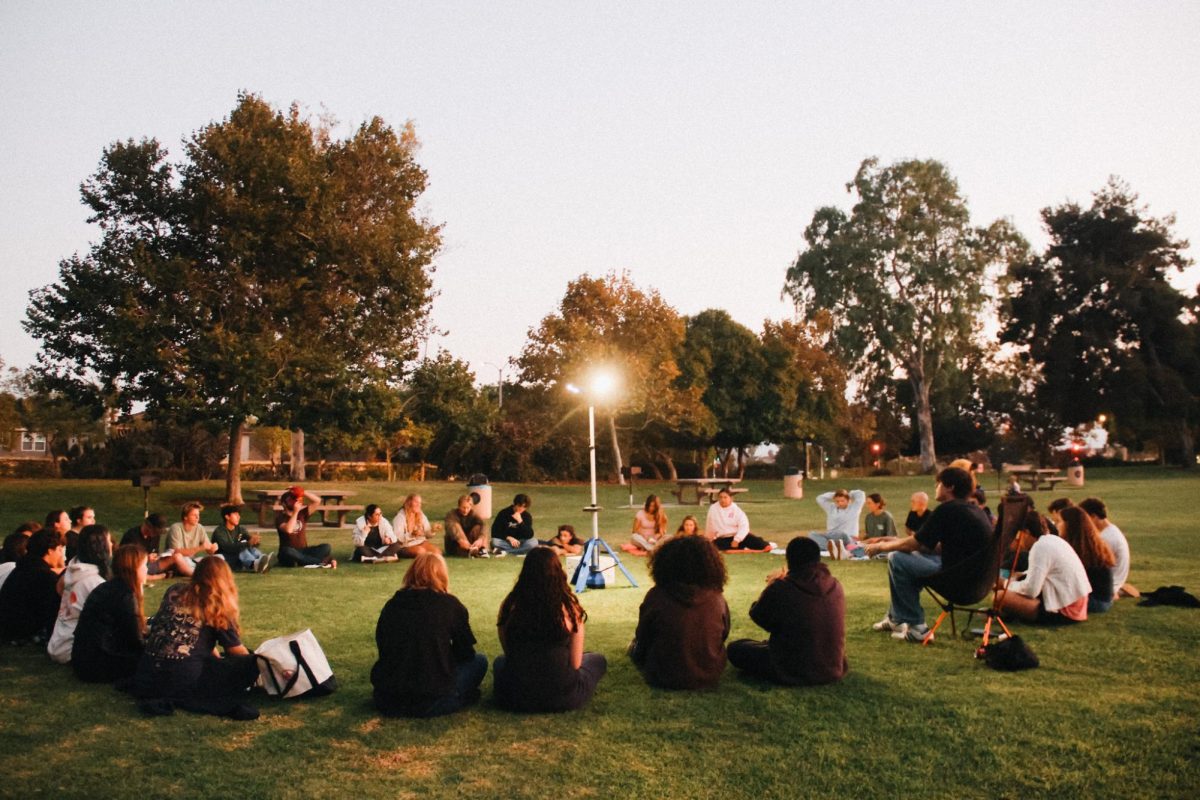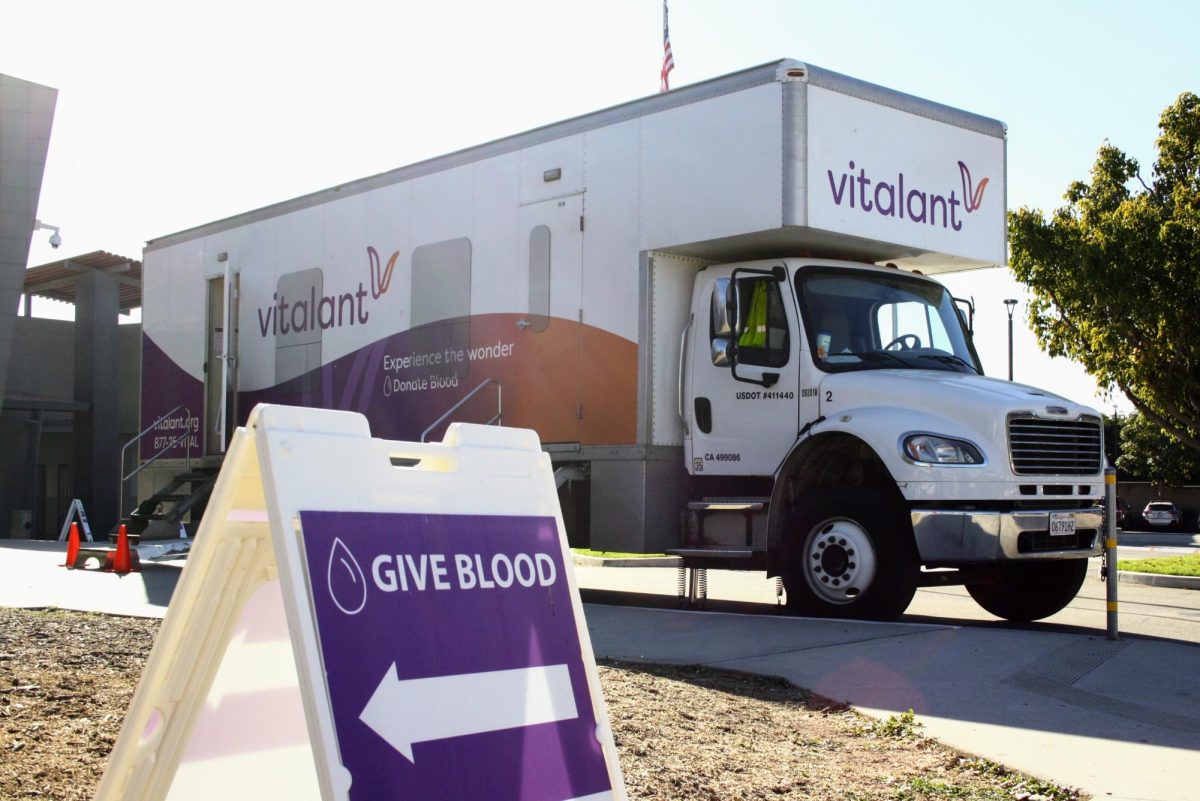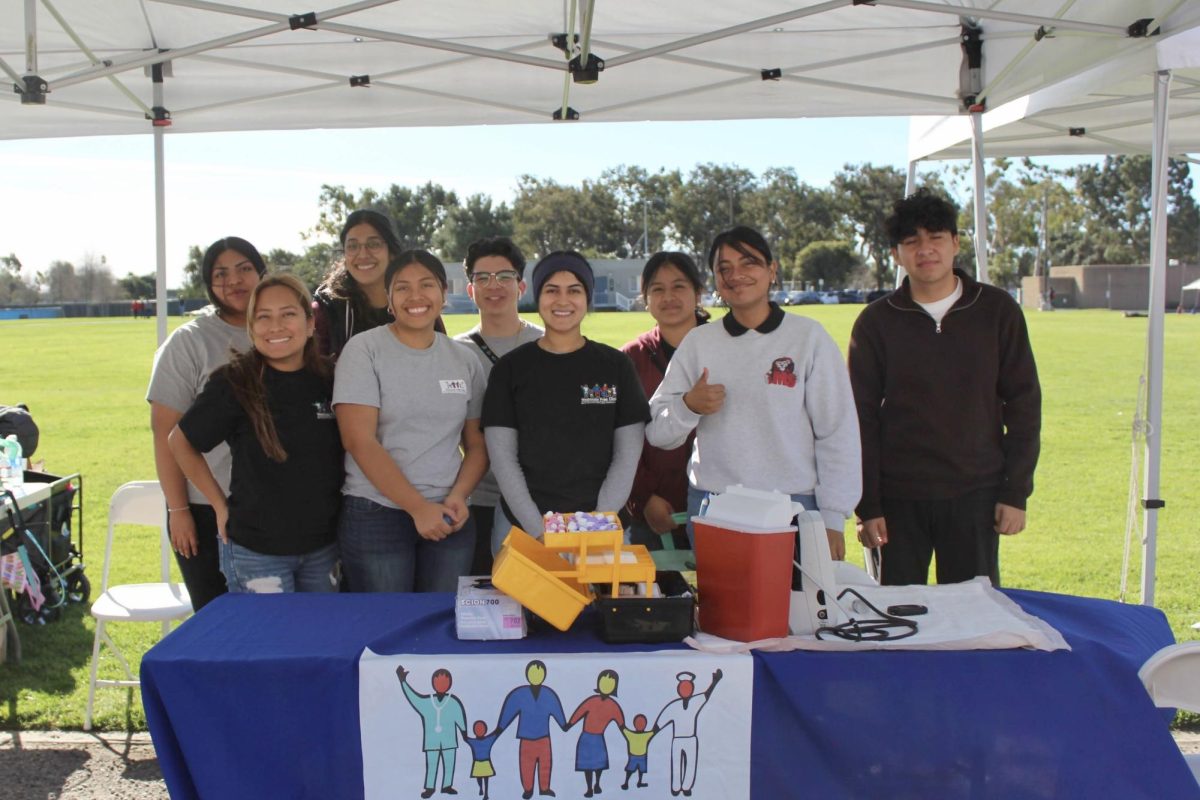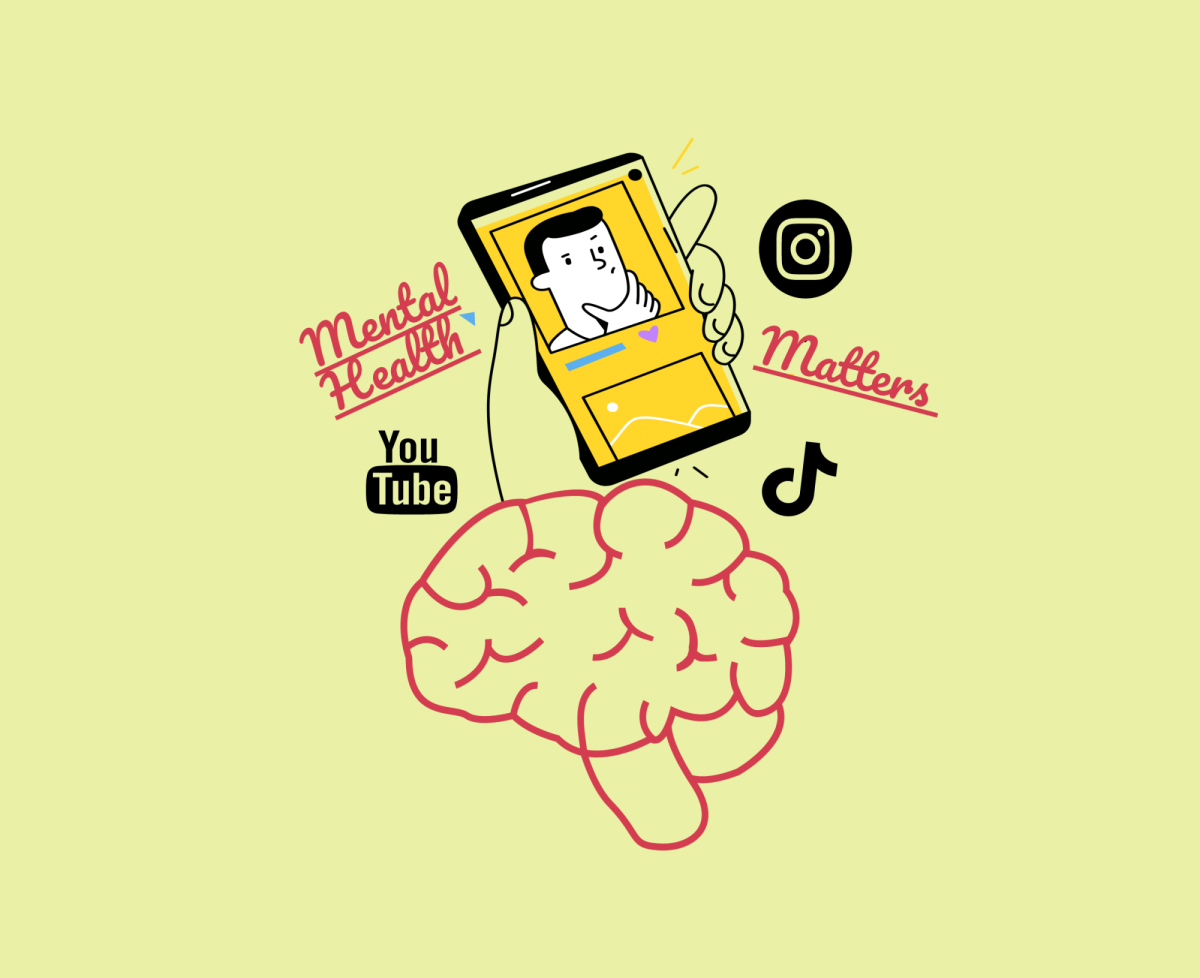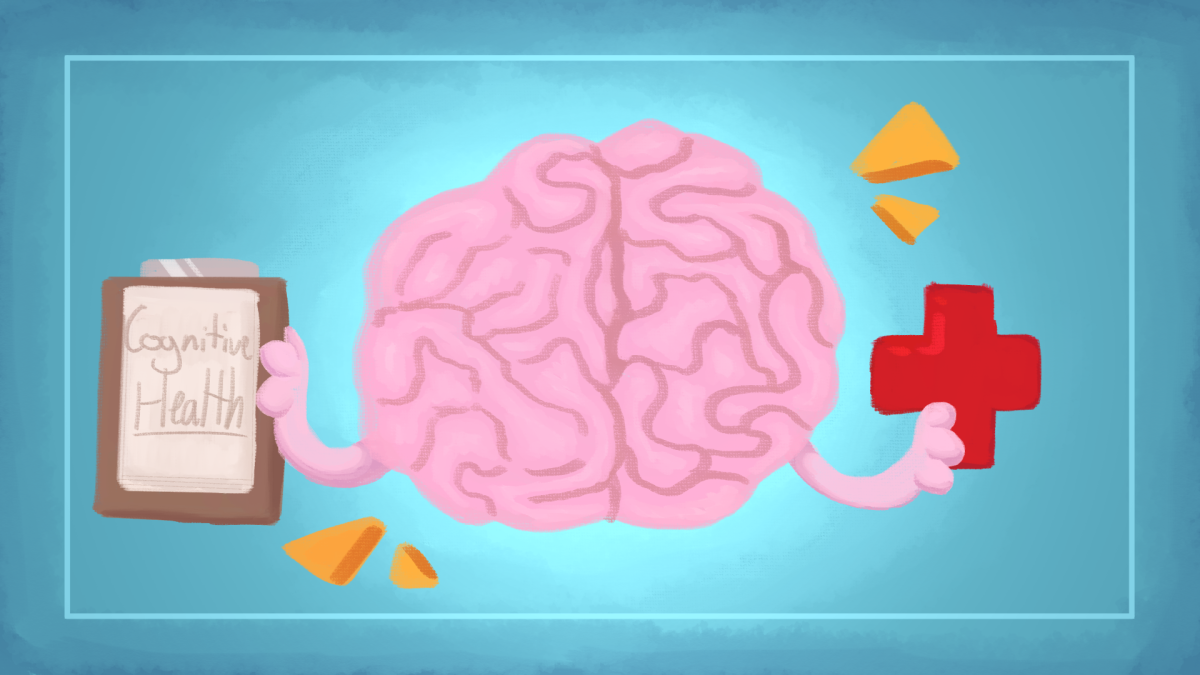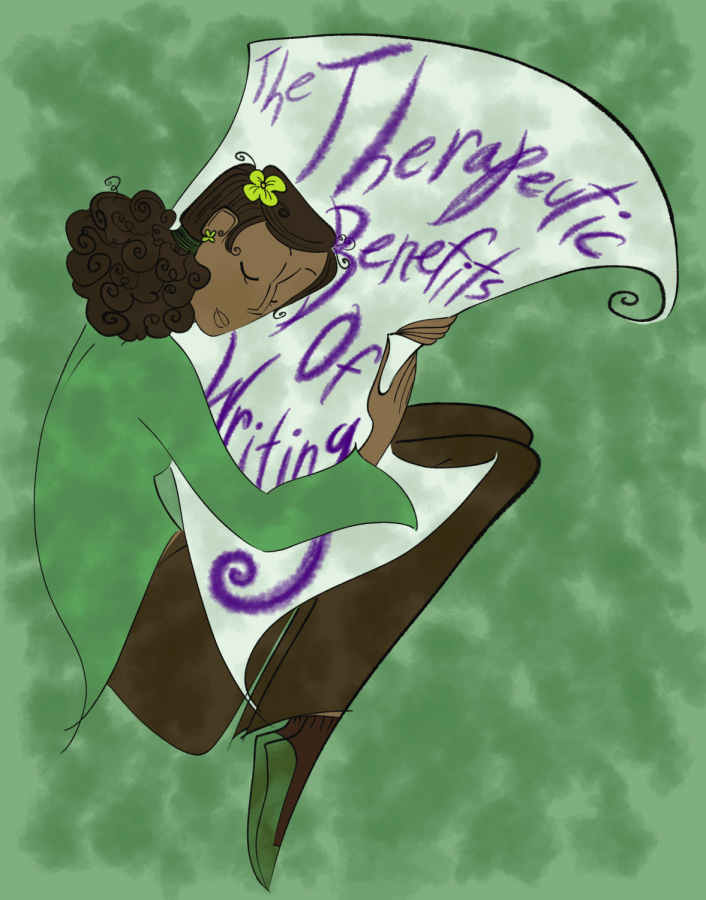If you clicked on this article, there’s a one in five chance you have it. 40 million American adults do, and seven percent of children have it, most of whom develop symptoms before age 21. Everyone experiences the feeling of anxiety at some point in their lives, whether it’s because of a stressful work environment, living amidst a series of traumatic events or, perhaps, a side effect of social media.
Just because someone experiences fear or stress in a certain situation does not mean they have an anxiety disorder. The feeling of anxiety is completely normal, and everyone experiences it from time to time. However, not being able to function in day-to-day life because of it tends to be a sign of a deeper problem. Though the word “anxiety” is incredibly common and used by many on a daily basis, you may be surprised by how much you don’t know about it.
According to the National Institutes of Health (NIH), the official definition of anxiety is “a condition in which a person has excessive worry and feelings of fear, dread and uneasiness.” Cleveland Clinic claims there are seven types of it, many of which are umbrella terms for a multitude of possible disorders, including specific phobias. Generalized anxiety disorder, also known as GAD, is a broad term which is used to describe someone who is constantly overwhelmed or frequently experiences unrealistic worries relating to carrying out everyday tasks, such as health, chores or other responsibilities. Phobias include agoraphobia (a condition causing intense fear of becoming overwhelmed, often leading one to avoid unfamiliar situations) as well as specific phobias (which is intense anxiety or fear centering around one or multiple triggers). Other anxiety disorders include panic disorder (unpredicted panic attacks), social anxiety disorder (acute fear of being watched or negatively judged by others), selective mutism (where one doesn’t speak in situations causing fear or anxiety) and separation anxiety disorder (which pertains to the fear of being separated from a main caretaker or loved one, and is mostly prevalent among young children).
A national web-based survey conducted by HCA Healthcare shows that anxiety disorders are the most common mental illness in the United States, and its “prevalence is likely under-reported.” 55 percent of the cohort diagnosed with an anxiety disorder never had an official diagnosis, which means that many people currently live with it, unaware. Statistics show that specific phobias take up 12 percent, social anxiety takes up seven percent and generalized anxiety takes up three percent of the United States population.
These numbers may be pretty striking when many think about how, out of 345 million people, well over 40 million struggle with an anxiety disorder.
The next question, then, could be: does social media have anything to do with this? The short answer is yes, though it mainly affects teens. Studies done by Harvard have shown that “many of the pressures teenagers feel from social media are actually consistent with developmentally normal concerns around social standing and self-expression.”
However, they also noted that it could also be the other way around; social media could be a result, rather than a cause, of anxiety and other mental health concerns. According to the Harvard study, “Correlation does not equal causation; it may be that depression and anxiety lead to more social media use, for example, rather than the other way around. There could also be an unknown third variable — for instance, academic pressures or economic concerns — connecting them, or teens could simply be more likely to admit to mental health concerns now than they were in previous generations.”
The epidemic of anxiety, while thought of to be a well-known topic, is something many don’t know enough about. It can affect almost anyone, regardless of age or upbringing. In many cases, it causes a lot of confusion and frustration, especially if the person experiencing it isn’t aware of what may actually be happening. Knowing what triggers a person’s anxiety may lead to potential fixes, and if enough choose to be aware, they could save themselves and others countless hours which would have been wasted being afraid.

